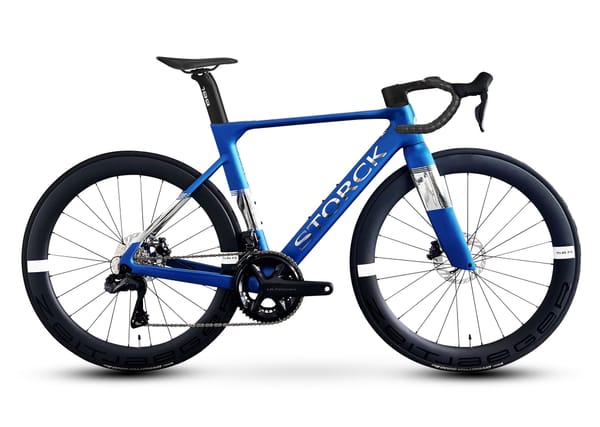Revolutionizing Virtual Cycling: Zwift's Play Controller

The newly launched Zwift Play controller by Zwift marks the company’s second significant contribution to cycling hardware within the last year, following the introduction of the Zwift Hub trainer. This innovative device allows users to steer within the game, access settings quickly while cycling, and even throw virtual burritos at competitors. In our evaluation, we found the product to be affordable and functionally impressive.
Interestingly, the idea of the Zwift Play controller is not novel for the company. Back in December 2021, when they inadvertently revealed their plans for a smart bike and trainer, the controller was briefly mentioned and even depicted in the bike image. Zwift states that the years since have been spent refining this device based on user feedback, a process that seems to have produced a product that elicits very few complaints.
This blog post will take you through our hands-on review of the Zwift Play controller, from its unboxing to setup, configuration, usage, and finally, our overall thoughts on the product.
Upon opening the Zwift Play’s box, users will find the left and right controllers, a dual-USB-C charging cable, two optional shims (if your handlebars need it), and some instruction manuals. The box also houses the USB charger.

Setting up the controllers on your bike is simple. The controllers are marked left/right, allowing for easy placement on the appropriate handlebar side. A rubber flap wraps around your bars and latches on a hook, eliminating the need for rubber bands or zip ties. Zwift claims a 97.6% success rate with this setup, having tested it on over 400 bikes.
However, one drawback is that the controllers may not fit well on triathlon/TT bikes, though they can be attached elsewhere for non-steering functions. The controllers do work with smart bikes, though the fit may vary depending on the specific model.
Once the physical setup is completed, users can pair the controller with Zwift. They simply need to press the Zwift logo for a second or so, and it will power on.
For a technical insight, Zwift has developed their own Bluetooth protocol for the Zwift play, a move away from the existing Bluetooth game controller protocol due to some issues they encountered. This newly developed protocol, although currently nameless, is open to 3rd parties to use for game accessories and aims to ease the connection process.
The Zwift Play controller performs three core functions: controlling all ‘Action Bar’ features, steering (both within the road and at road/turn junctions), and changing ERG mode intensity, and responding to ‘Thumbs Up’ from other riders. A bit of practice is needed to master these functions, especially steering and braking which might be a bit tricky initially.
In addition to all these features, the units also have a vibration motor inside for haptic feedback. This was turned off in the release/production build but will return in the next software update to all platforms except Android, where it will be implemented soon.
The Zwift Play controllers are listed within the Zwift Companion app under the ‘Zwift Hardware’ section. This shows the current battery state, offers any firmware updates, and displays various hardware version info.
As for the battery life, Zwift claims the controllers get about 20 hours of usage between charges, but in our testing, we found this to be a conservative estimate. Charging is done via a dual-USB-C charging cable, and the USB-C ports are covered by rubber flaps to provide some level of water resistance.
In conclusion, the $99 introductory price for the Zwift Play controller seems to offer good value for avid Zwift users. It provides a seamless way to interact with the game while cycling, reducing the need to use your phone for Zwift-related tasks.





